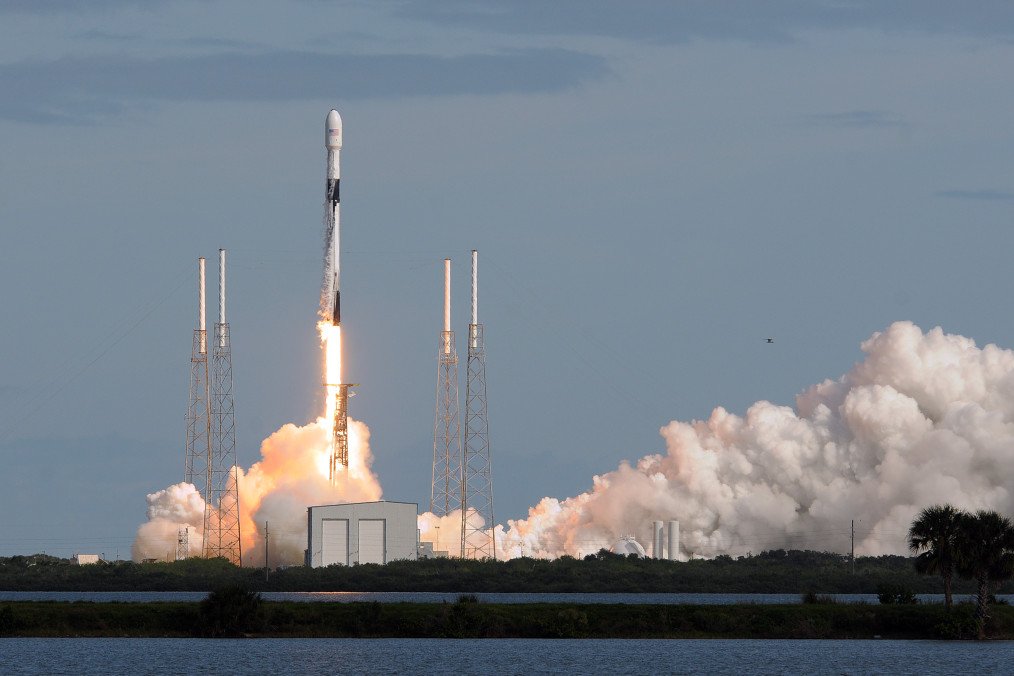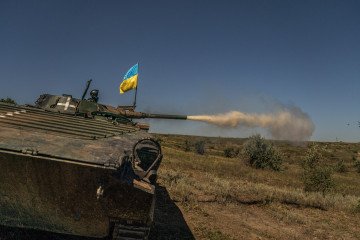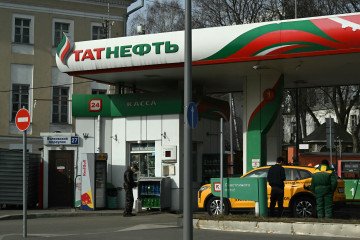- Category
- Latest news
Russia Developing Space Weapons That Could Target Starlink Satellites, Says Forbes

Russia is building an arsenal of space weapons capable of threatening SpaceX’s Starlink satellites, as part of what experts believe could be preparations for a potential space war with the West, Forbes reported on April 17.
Victoria Samson, Director of Space Security and Stability at the Secure World Foundation, says Moscow is testing its Nudol anti-satellite missile, which has already destroyed a Soviet-era satellite in low Earth orbit. “In theory,” she says, “it could likewise smash into any of SpaceX’s 7,000 satellites.”
Samson warns the Russian military may be considering arming Nudol with nuclear warheads, though the evidence is not yet conclusive. In the Global Counterspace Capabilities 2025 report, which she co-authored, Samson notes that depictions of the Nudol launcher include features typically associated with nuclear-armed missiles.
According to the report, the Nudol’s range covers everything from the International Space Station to Starlink satellites supporting Ukrainians, and Planet Labs satellites tracking Russian tank and missile movements. “The range of Nudol encompasses all types of space assets,” the report states.
Samson also recalls that the Soviet Union once deployed a nuclear-tipped interceptor called “Gorgon,” and suggests Russia could be developing a new generation of similar weapons.
The White House previously revealed a secret Russian program to build nuclear-armed spacecraft capable of shadowing Western satellites—an initiative the Kremlin has not publicly abandoned, Forbes wrote.
-9e8153966a6e91f02831add015d29413.png)
“It is still unclear how many nuclear-armed satellites Moscow would launch,” Samson says. “I would guess more than one, just to have back-up … but it would be such an effective ASAT weapon , a whole fleet would not be needed.”
A detonation in orbit, she adds, could destroy thousands of satellites and endanger astronauts.
When Russia last tested the Nudol in late 2021, it shattered a defunct satellite, creating a debris field that endangered the ISS , according to Forbes.
“NASA flight directors ordered the crew onboard the ISS to take emergency shelter in the Dragon and Soyuz lifeboats,” Samson says. “The US military condemned the test, stating that it demonstrated a ‘deliberate disregard for the security, safety, stability, and long-term sustainability of the space domain for all nations.’”
At the start of the full-scale invasion, Russia also targeted Ukraine’s internet and satellite infrastructure, including ground stations for the ViaSat network. Musk later told his biographer Walter Isaacson that Russia’s ambassador to the US warned him that Ukraine’s use of Starlink could trigger a tactical nuclear response.
Samson concludes in the report: “Russia places a high priority on integrating electronic warfare into military operations and has been investing heavily in modernizing this capability.”
A nuclear strike in orbit, she adds, could also risk triggering a larger conflict. If a US satellite monitoring Russian ICBMs were destroyed, “that in itself could be viewed as a precursor to a nuclear attack.”
Previously, NATO Secretary General Mark Rutte has raised concerns that Russia may be exploring the possibility of deploying nuclear weapons in space, a move that would violate international agreements and pose serious risks to global security.





-72b63a4e0c8c475ad81fe3eed3f63729.jpeg)


